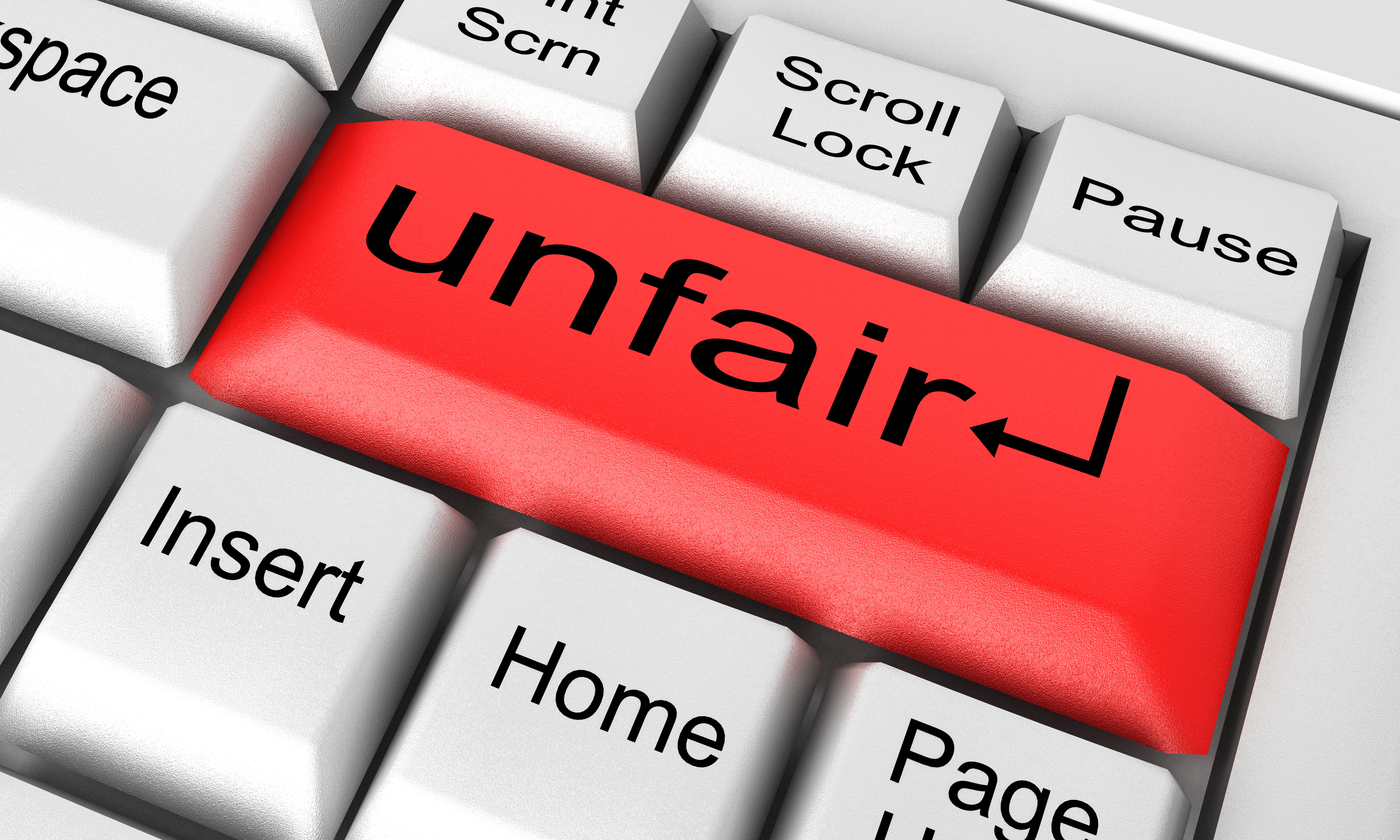Alberta government gives first weekly wildfire update
Scott Hayes,
Local Journalism Initiative Reporter
The province held its first weekly wildfire update on April 18, just a few days after a wildfire north of Obed Lake was caused by a natural gas pipeline rupture owned by TC Energy.
Wildfire EWF015 was located 35 kilometres northwest of Edson and 55 kilometres northeast of Hinton, growing to approximately 60 hectares before crews brought it under control.
At its height, it was visible from Highway 40 north and Highway 16.
“Fast information sharing between all parties facilitated an effective wildfire response,” said Minister of Forestry and Parks Todd Loewen during the press conference for the wildfire update.
“This shows us how all the work we have been doing over the last months is paying off.”
The RCMP’s National Security Investigation Team is still investigating the cause.
EWF015 is not the only challenge on the Alberta landscape.
Alberta Wildfire Information Unit manager Christie Tucker explained that there are currently 50 wildfires burning in the forest protection area of Alberta, four of which are classified as being held while the remaining 46 are now under control.
“We started this year with 64 wildfires still burning from last year,” she said.
“While we’ve been working diligently to extinguish them, it does mean that firefighters are entering the spring with a heavier fire load than usual.”
Already, more than 500 hectares have burned in the province, an increase of approximately 400 hectares more than was seen at this time last year.
Alberta also had more wildfire starts this year than in 2023, Loewen said, with 148 fires already fully extinguished since the beginning of 2024.
Low snowpack and drought conditions combine to make for an another especially challenging wildfire season.
“The long-term drought conditions we’ve experienced in Alberta mean that it is still possible for trees and grasses to burn particularly in the high winds that we’ve been seeing,” Tucker said.
Loewen said that two-thirds of all wildfires are typically human-caused.
“Don’t be that person this wildfire season.”
He said that the province has been working with communities, municipalities, local fire departments, and industry partners about their needs for wildfire season. He emphasized the importance of everyone doing their part to prevent and stave off wildfires as much as possible while striving toward the greatest mutual organizational efficiencies should the occasion arise when a wildfire requires a heightened response.
The government has tried to match the imperative that an early wildfire season has brought by boosting its efforts to fight more wildfires with more firefighters.
At present, there are 297 government wildland firefighters, 280 fire attack firefighters, and 172 seasonal support staff in place in addition to Alberta Wildfire’s regular permanent full-time staff.
“Early season hiring and increased preparedness has enabled us to come at this wildfire season very strong,” Loewen said.
“We are increasing our numbers weekly to be trained and ready to go to respond to wildfires. We have also secured additional contracts for air tankers, night vision-equipped helicopters and heavy equipment, hoses, pumps, drones, sprinklers … all ready to go. We have also increased our ability to fight wildfire at night, allowing us to be more effective with our control efforts.”
Part of the province’s strategy has meant there are fire bans, fire restrictions, and fire advisories already in place at a time well before Alberta traditionally sees the most wildfire activity.
The Alberta government is taking a proactive approach to community wildfire resilience through programs like the Community Fireguard Program and FireSmart.
Loewen and Tucker suggested that people keep themselves informed through visiting the Alberta Fire Bans website and the Alberta Wildfire Status Dashboard online.
They also encouraged everyone to download both the Alberta Wildfire and Alberta Fire Ban apps, giving them access to the most accurate and up-to-date information at all times.
Tucker said that a layer of snow helped attack crews to take control of the Obed blaze.
“We’re hoping for more precipitation to come, but we’re prepared for what will happen if it doesn’t,” she said. “We’re starting early, and we have a potentially long season ahead of us. We need to work together to prevent wildfires.”
“If we work together, stay vigilant, and ensure we take appropriate proactive measures, we can protect our communities and forests from the impacts of wildfire this season,” Loewen said.
Scott Hayes,
Local Journalism Initiative Reporter
Jasper Fitzhugh




